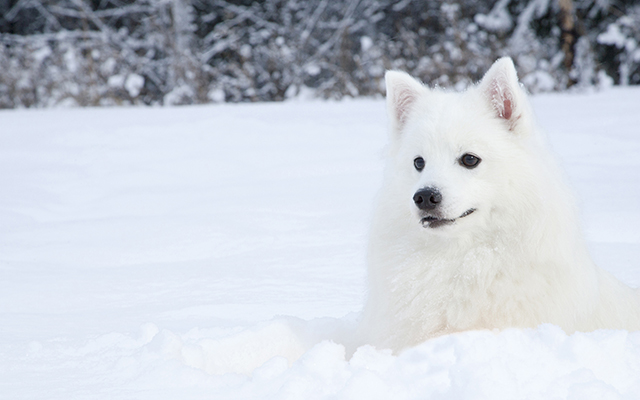With the cold season just around the corner, dog owners are wondering about the optimal diet for their four-legged friends. Should they feed them a similar quantity of food just like in the warmer season?
Should the meal plan be adjusted for the weather and temperature or kept the same? Do the lower temperature and limited exercise play an important role in the regimen of the animals?
First of all…
Before we discuss the factors that should be used to define your four-legged companion during autumn and winter, it is necessary to point out that there is a world of difference between the recommended diet for an indoor and outdoor canine. A dog that spends cold seasons in an outside ‘residence’ faces different challenges from one that’s kept inside, away from the nasty temper of old man winter. Let’s elaborate.
Temperature and indoor dogs
Indoor animals are dependent on their owners’ schedules for exercise, and as the mercury drops people become increasingly reluctant to leave the comfort of their home and visit the dog park or go for walks. Therefore, your canine friend consumes substantially lower amounts of energy every day, and continuing with the same dietary plan inadvertently results in weight gain. You will either have to bite the bullet and keep taking your pet outside with the same frequency or gradually decrease the caloric intake to maintain a healthy fitness level.
Temperature and outdoor dogs
Sustaining a consistent body temperature is achieved by shivering, in both humans and animals, but this reflex tends to consume extensive amounts of calories. Outdoor dogs also rely on fat deposits and winter fur to remain warm. Research conducted has revealed that the ideal, the caloric intake for animals spending the cold season outside should double, sometimes even triple. In addition, the metabolism of outdoor pets changes, and their bodies consume fat tissue for energy, preferentially to glucose. As of such, increasing the fat contents of the meal during winter is advisable.
Less daylight and indoor dogs
Just like the gradual decrease of temperature, fewer daylight hours entail that owners are less likely to walk their dogs or play outside with them. At the same time, the “thrifty gene”, a natural adaptation of dogs that forces the metabolism to slow down and deposit pockets of fat to protect them from the cold, represents another reason why indoor dogs gain weight in winter when fed similar diets and equal amounts of food. Basically, their body is attempting to adapt to the non-existent harsh conditions, so the owners have to adjust their diet in response.
Less daylight and outdoor dogs
In outdoor dogs, the thrifty gene acts exactly as it is supposed to, meaning that it’s supplying the resources to get them through winter. The metabolism slowing down and the fat pockets depositing are consumed at a correct rate, which entails that fewer daylight hours don’t pose a weight gain risk for outdoor animals.
Body Condition Score
Vets determine the fitness and proper diet of a dog in accordance with the modern Body Condition Score (BCS) standards. The consensus among professionals is that a BCS in the 4/9 and 5/9 range is optimal, Animals in the 1/9 and 3/9 range are too skinny, and those in the 6/9 and 9/9 range are excessively heavy.


